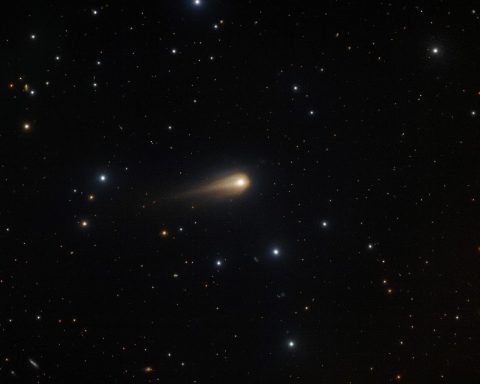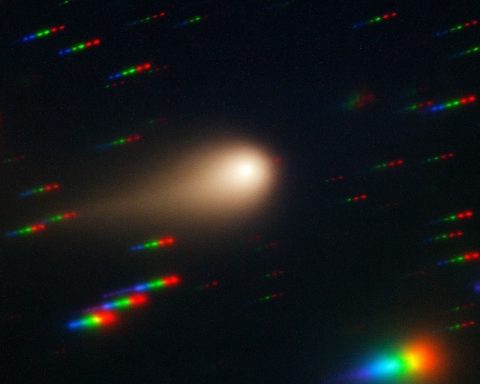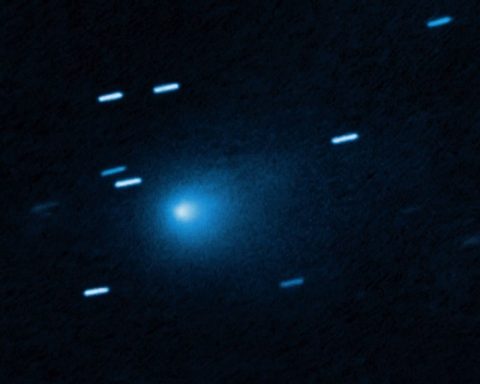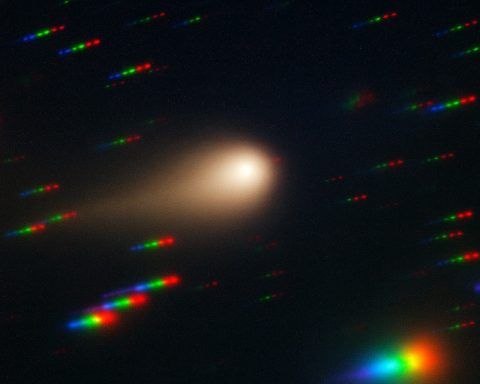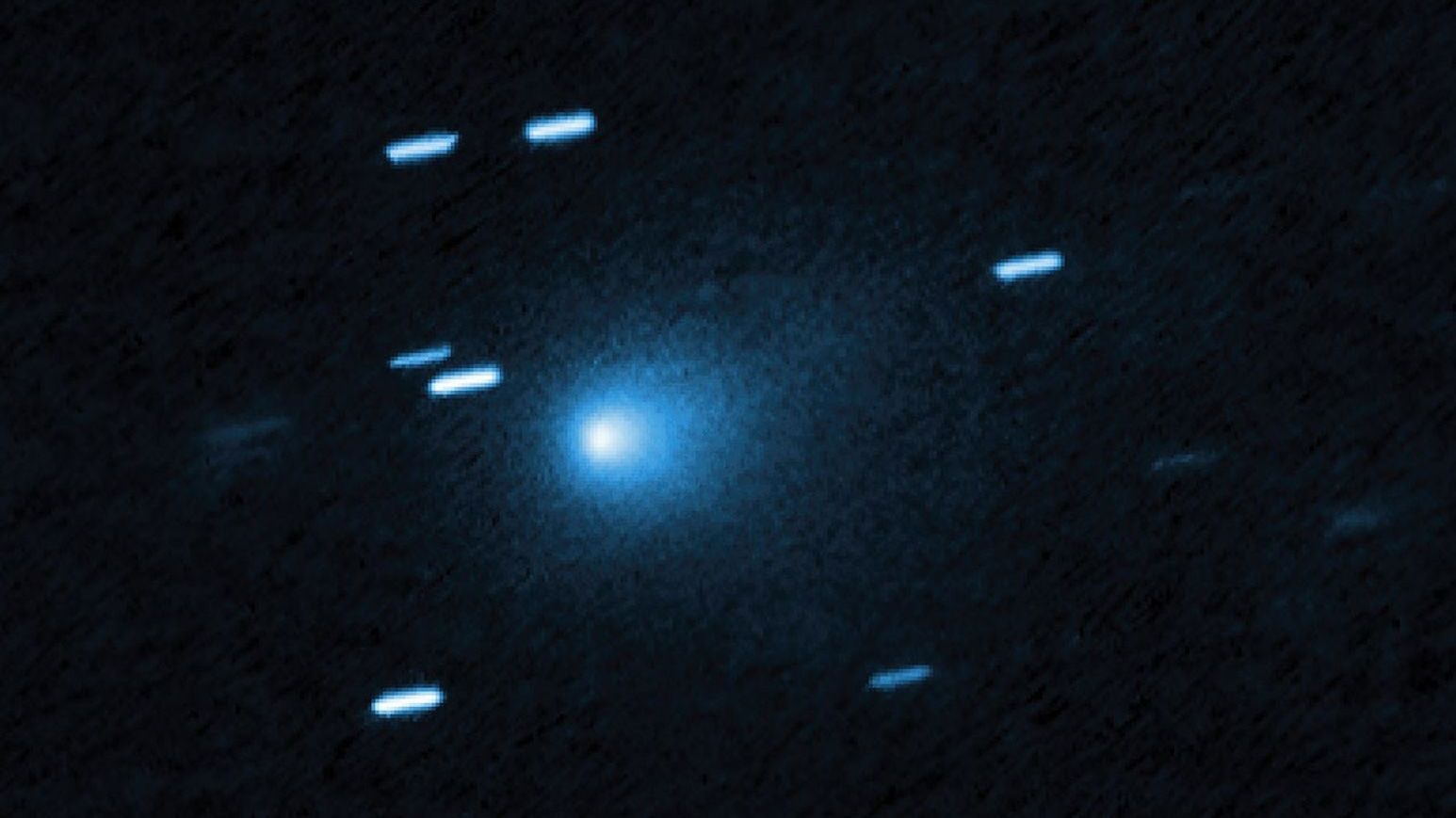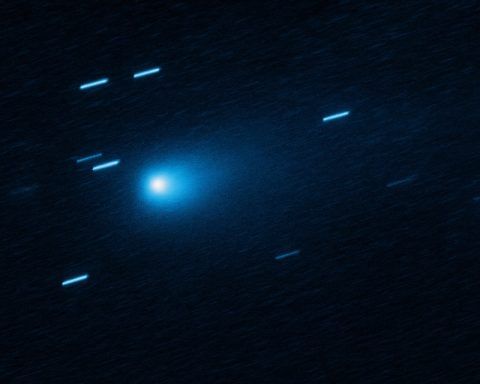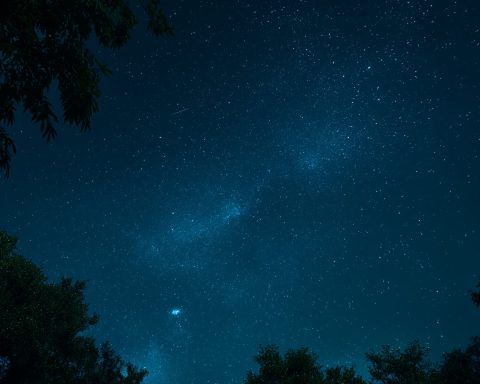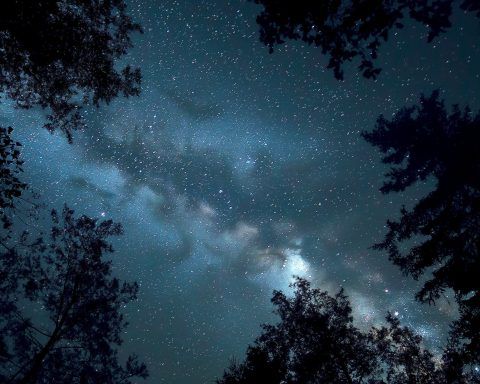
Comet 3I/ATLAS Today: Latest Updates, Science Highlights, and the Week-Ahead Skywatching Forecast (Dec. 21–28, 2025)
On Sunday, December 21, 2025, the interstellar comet 3I/ATLAS is already on the “goodbye” leg of its once-in-a-lifetime pass through our solar system—two days after its closest approach to Earth. The comet is still observable with amateur gear, but it’s

